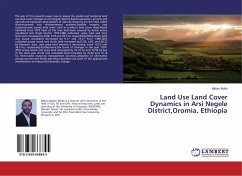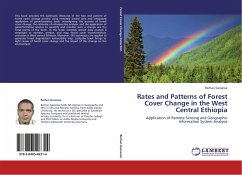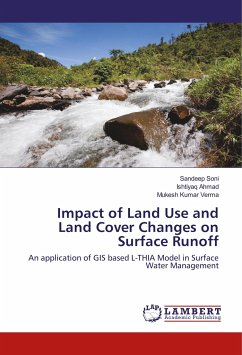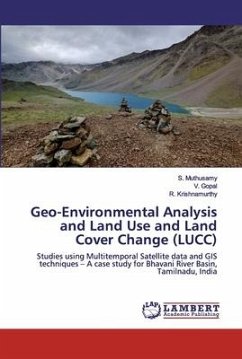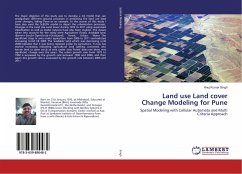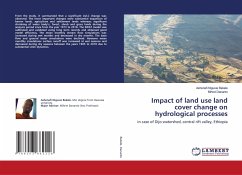The aim of this research paper was to assess the spatial and temporal land use land cover changes in Arsi Negele District.Rapid population growth and agricultural expansion,degradation of natural resources are the most visible socio-economic and environmental problem.Satellite imagery and socioeconomic survey data were used to produce land cover maps.Result obtained from 1973 most of the area had been covered by dense acacia woodland and shrub land.In 1973-1986 cultivated, grass land and bare land were increased by 8.98, 33.9,and 36.5 ha respectively.While,shrub land and acacia woodland decreased by 6.17 and 73.21 ha.In 1986-2010 cultivated,acacia wood and shrub land increased by15.38, 4.63, and 38.52 ha.However, bare, and grass land showed a decreasing trend 19.23 and 39.3 ha, respectively.Furthermore,the trend of changes in the year 1973-2010 acacia wood and grass land decreased by 22.72 ha and 13.58 ha,but in the same year shrub and cultivated land increased by 22.82 and 13.14ha. Hence,land resources management practices,utilization of alternative energy sources and family planning education are some of the appropriate interventions to reduce this dramatic change.
Bitte wählen Sie Ihr Anliegen aus.
Rechnungen
Retourenschein anfordern
Bestellstatus
Storno

